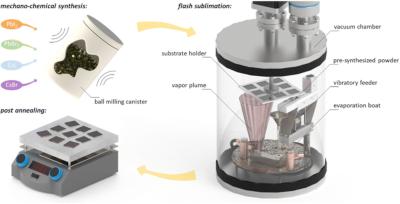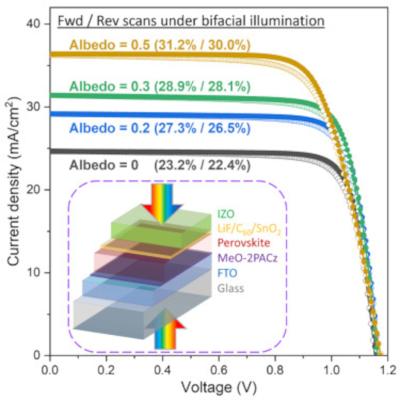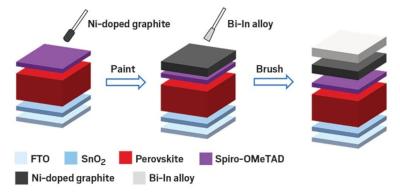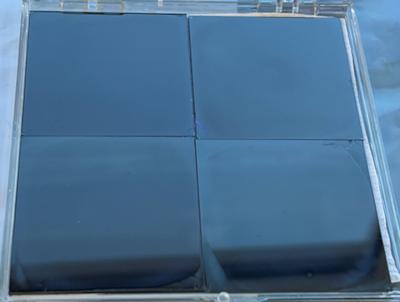Researchers show that strong-bonding hole-transport layers reduce ultraviolet degradation of perovskite solar cells
Researchers from the University of North Carolina at Chapel Hill, Colorado School of Mines, National Renewable Energy Laboratory (NREL), University of Toledo and University of California San Diego have pointed out that the light-emitting diodes (LEDs) used in indoor testing of perovskite solar cells do not expose them to the levels of ultraviolet (UV) radiation that they would encounter in actual outdoor use.
The scientists reported degradation mechanisms of p-i-n–structured perovskite solar cells under unfiltered sunlight and with LEDs. Weak chemical bonding between perovskites and polymer hole-transporting materials (HTMs) and transparent conducting oxides (TCOs) reportedly dominate the accelerated A-site cation migration, rather than direct degradation of HTMs.







